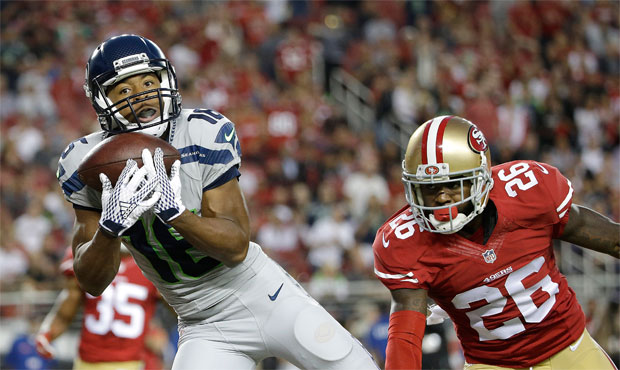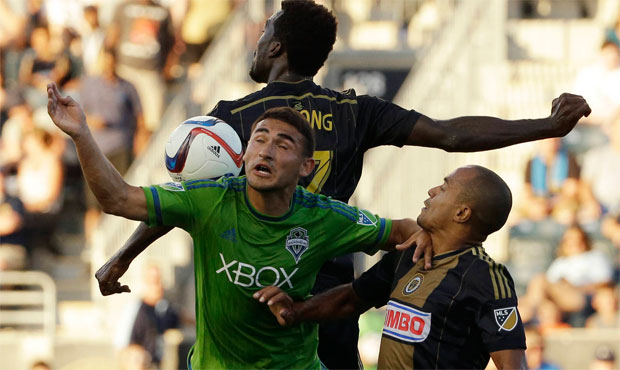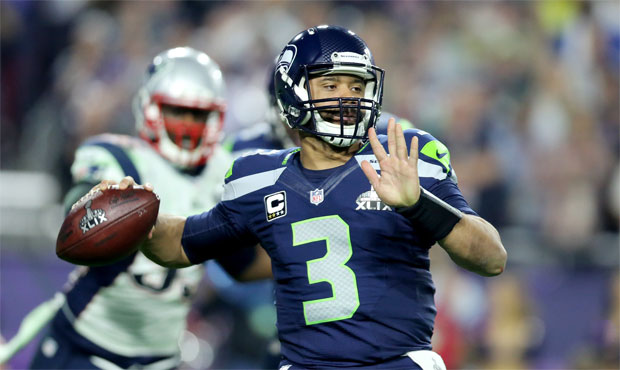Brent Stecker
Gonzaga is back in the Sweet 16, but it’s not the same old Zags
 Kyle Wiltjer and Gonzaga are a win away from a second straight trip to the Elite Eight. (AP)
Kyle Wiltjer and Gonzaga are a win away from a second straight trip to the Elite Eight. (AP)
For the seventh time in school history, the Gonzaga Bulldogs are back in the Sweet 16. But while that fact makes it sound like it’s business as usual for the Zags, there are plenty of reasons why this year’s run is far from normal, and even has the chance to be the most remarkable NCAA Tournament performance in the school’s streak of 18 straight appearances.
First of all, Gonzaga is the No. 11 seed out of the Midwest Region. Of course, the Zags are no stranger to being a underdog, but on the surface this squad has a chance to be even a bigger overacheiver than the 1999 team, a No. 10 seed that was the school’s first to make the Elite Eight.
Latest news from the NCAA Tournament
It may only be that way on the surface, however, considering how the Bulldogs ended up an 11 seed. They were ranked ninth in the country in the Associated Press’ preseason rankings, so the lower draw wasn’t a result of a lack of talent but rather a product of a season that featured about as big a hurdle as a Mark Few team has ever seen.
The big blow was in December, and it came when center Przemek Karnowski was lost after just five games to a back injury that required season-ending surgery. The 7-foot-1, 287-pound senior had been a huge inside presence in previous seasons, and he along with 6-11 power forward Damontas Sabonis and 6-10 sharpshooter Kyle Wiltjer formed a front court that was a matchup nightmare for opponents.
And if ever there was a sign that this is a vastly different Gonzaga team than college hoops fans are used to seeing, that’s it. Even without Karnowski, the Zags are still a team led by two big men instead of relying on strong guard play or a stable of deadly shooters – though the smooth stroke of Wiltjer (20.4 points per game, 86 3-pointers) can certainly look reminiscent of Adam Morrison at times.
The loss of Karnowski required Sabonis to take on a bigger role in his sophomore season, and he has responded by averaging a double-double of 17.5 points and 11.7 rebounds per game. It also meant Gonzaga needed freshman point guard Josh Perkins (10.2 ppg, four assists per game) to accelerate his own development.
The Zags, who have seven losses on the year, certainly fought through that adversity, and by the looks of it they came out a better team. They looked confident when they opened the tournament with a 68-52 win over sixth-seeded Seton Hall, and they followed with a huge statement Saturday by dominating No. 3 seed Utah and its own star big man, Jacob Poeltl, in an 82-59 victory.
Now the Bulldogs sit on the precipice of clinching a second straight trip to the Elite Eight – Gonzaga has never been to the Elite Eight in back-to-back years, by the way – with Jim Boeheim’s Syracuse team standing in front of them on Friday night in Chicago. Syracuse and Gonzaga have met one time previously in the tournament, an 87-65 Orange win in 2010 in the second round.
The Orange have an intriguing story themselves, having been granted a tournament bid as a No. 10 seed even though they scuffled through a nine-game suspension for Boeheim and had 13 losses in the regular season. The fact they were included in the bracket at all stirred up a fair of amount of controversy, and it’s safe to say many had hoped they’d make an early exit.
Instead, they’ll find themselves in their home jerseys Friday against a Gonzaga team that appears plenty comfortable to be back in the Cinderella role.

























Comments